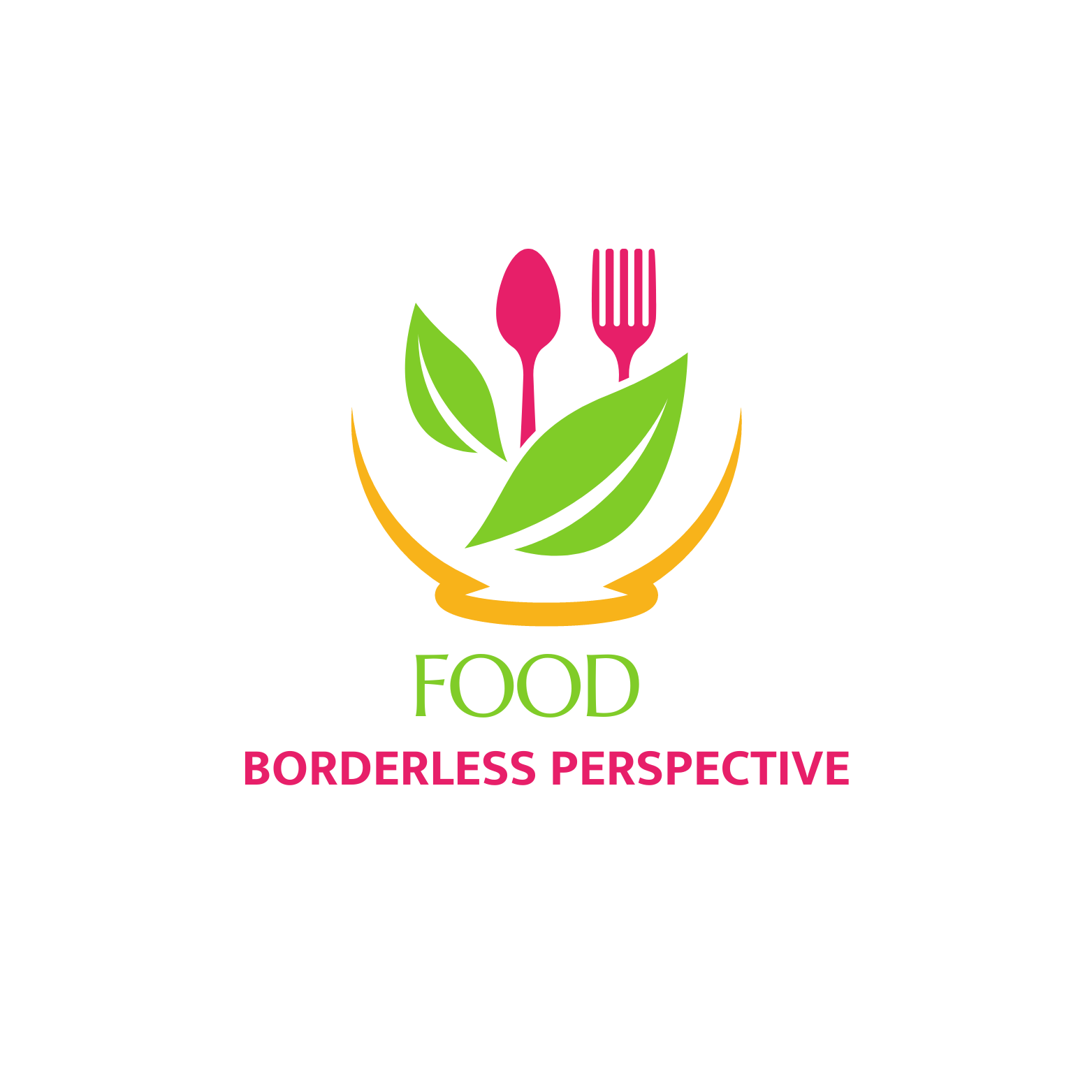Picture this: It’s a beautiful summer day, and you’re at a backyard barbecue with friends. The grill is sizzling, the drinks are flowing, and the table is filled with all kinds of delectable dishes. As you make your plate, you can’t help but pile on the hearty burgers, slathered in cheese and topped with all the fixings. You grab a serving of pasta salad that’s big enough to feed a small army, and you can’t resist going back for seconds of the rich and creamy potato salad. You finish off your meal with a generous slice of decadent chocolate cake.
Sounds familiar, right? We’ve all been there. But what if I told you that these portion sizes could be sabotaging your weight-loss goals and healthy eating habits?
It’s easy to overlook the impact that portion sizes can have on our overall health and well-being. Eating larger portions than we need can lead to overconsumption of calories, which can contribute to weight gain and hinder our efforts to maintain a healthy lifestyle. But the good news is, getting your portion sizes right doesn’t have to be complicated or restrictive.
In this article, we’ll explore the importance of portion size awareness, strategies for mindful eating, the role of protein and fiber, identifying triggers for overeating, creating a healthy food environment, and the impact of sleep and stress on our eating habits. By understanding these key factors and making small changes to our portion sizes, we can take control of our health and achieve our weight loss goals.
Key Takeaways:
- Overeating larger portions can sabotage your weight loss and healthy eating goals.
- Being mindful of portion sizes is crucial for maintaining a healthy weight and supporting overall well-being.
- Mindful eating involves paying attention to your eating experience and listening to your body’s hunger and fullness cues.
- Incorporating lean proteins and fiber-rich foods can help you feel full and satisfied with smaller portion sizes.
- Identifying triggers for overeating and creating a healthy food environment can support portion control and healthy eating habits.
The Importance of Portion Size Awareness
Portion size awareness is crucial for maintaining a healthy weight and promoting overall well-being. By being mindful of the amount of food you consume, you can prevent overeating and ensure that you’re receiving the appropriate nutrients your body needs.
Understanding proper portion sizes provides you with the knowledge to make better choices that align with your health goals. It’s the key to achieving portion control and maintaining a balanced diet.
Implementing portion size guidelines into your daily eating habits can be the easy way to take control of your portion sizes. With a little awareness, you can make significant strides towards a healthier you.
Portion Size Tips
Here are some portion size tips to help you create a healthier relationship with food:
- Use smaller plates and bowls to encourage appropriate portion sizes.
- Fill half of your plate with vegetables for a nutrient-packed meal.
- Measure servings using measuring cups or a food scale to ensure accuracy.
- Pay attention to nutrition labels and suggested serving sizes.
- Practice mindful eating by chewing slowly and savoring each bite.
By incorporating these portion size tips into your daily routine, you’ll find it easier to make informed choices and enjoy a healthier lifestyle.
Portion Control Guide
Are you unsure about the appropriate portion sizes for different types of food? Here’s a basic portion control guide to help you navigate your meals:
| Food Group | Portion Size |
|---|---|
| Protein (e.g., chicken, fish, tofu) | A deck of cards |
| Carbohydrates (e.g., rice, pasta, bread) | A tennis ball |
| Fruits and Vegetables | A baseball |
| Fats (e.g., nuts, oils, spreads) | A thumb |
Remember, these portion sizes are just a guide, and your individual needs may vary. It’s important to listen to your body and adjust your portions accordingly.
So, let portion size awareness be your guiding compass to a healthier you!
Strategies for Mindful Eating
Want to take control of your portion sizes and make informed choices about your food intake? Look no further than mindful eating. This practice involves paying close attention to your eating experience, from the moment the food touches your tongue to the feeling of satisfaction after each bite. By being mindful of your body’s hunger and fullness cues, you can naturally regulate your portion sizes and develop healthier eating habits.
Here are some strategies to help you incorporate mindful eating into your daily routine:
- Eat slowly and savor each bite: Give yourself permission to enjoy your meals by taking your time with each mouthful. Relish the flavors, textures, and aromas of the food, allowing yourself to fully experience the pleasure of eating.
- Put down your utensils between bites: Instead of mindlessly shoveling food into your mouth, pause and put down your fork or spoon after each bite. This simple act encourages you to slow down, be present in the moment, and stay connected to your body’s signals.
- Listen to your body’s signals: Pay attention to your body’s cues of hunger and fullness. Before starting a meal, take a moment to assess your level of hunger. During the meal, check in with yourself periodically to see if you’re still hungry or if you’re starting to feel satisfied. Stop eating when you’re comfortably full.
By implementing these mindful eating strategies, you’ll not only enjoy your meals more but also develop a healthier relationship with food. Eating mindfully allows you to savor your food, avoid overeating, and make conscious choices that support your overall well-being.
| Benefit of Mindful Eating | How it Helps |
|---|---|
| Prevents overeating | By eating slowly and paying attention to your body’s signals of hunger and fullness, you become more aware of when you’ve had enough to eat, preventing overindulgence and weight gain. |
| Promotes healthy portion control | Mindful eating helps you develop a greater awareness of appropriate portion sizes, allowing you to make conscious choices and maintain a balanced diet. |
| Fosters enjoyment of food | By savoring each bite and fully immersing yourself in the eating experience, mindful eating enhances your overall enjoyment of food, creating a more satisfying and fulfilling mealtime. |
So the next time you sit down for a meal, remember to engage in mindful eating. By being present in the moment, enjoying each bite, and listening to your body’s cues, you’ll develop a healthier relationship with food and achieve better portion control.
The Role of Protein and Fiber
When it comes to maintaining a healthy diet and managing portion sizes, protein and fiber play vital roles. Protein is known for its ability to keep you feeling full for longer periods, reducing the likelihood of overeating. It takes longer to digest, providing sustained energy and satiety.
So, how can you incorporate protein into your meals? Opt for lean sources of protein like grilled tofu, or try veggie burgers made with beans. These options not only provide the necessary protein but also add a delicious twist to your plate.
On the other hand, fiber adds bulk to your food and promotes feelings of fullness. By including plenty of fiber-rich foods in your diet, such as fruits and vegetables, you can feel satisfied with smaller portion sizes.
| Protein Sources | Benefits |
|---|---|
| Grilled chicken breast | High-quality protein, low in fat |
| Greek yogurt | Probiotics and calcium |
| Salmon | Omega-3 fatty acids, essential nutrients |
As for fiber-rich foods, consider enjoying a variety of fruits like berries and apples, as well as vegetables like broccoli and spinach.
So, next time you plan your meals, don’t forget to include a good source of protein and fiber. They will not only help you feel satisfied but also support your healthy eating habits and portion control goals.
Identifying Triggers for Overeating
We’ve all been there—mindlessly munching on snacks or finishing an entire bag of chips without even realizing it. But have you ever stopped to think about what triggers those overeating episodes? Understanding these triggers is key to overcoming self-sabotaging behaviors and developing healthy eating habits.
Emotional triggers often play a significant role in overeating. Stress, boredom, or even sadness can lead us to seek comfort in food, resulting in mindless consumption and unwanted weight gain. By recognizing and addressing these emotional triggers, you can regain control over your eating habits.
Environmental triggers can also contribute to overeating. Keeping unhealthy snacks within easy reach or giving in to impulsive food choices while shopping on an empty stomach can set you up for failure. By creating a healthy food environment and removing or limiting access to temptations, you can reduce the likelihood of self-sabotage.
Take Action: Strategies to Avoid Overeating Triggers
Now that you know some common triggers for overeating, it’s time to develop strategies to avoid or manage them. Implementing these strategies will help you regain control over your portion sizes and promote healthy eating habits:
- Identify your emotional triggers: Keep a journal or use a food tracking app to track your eating patterns and pinpoint the emotions associated with overeating. Recognizing these triggers is the first step towards making positive changes.
- Find healthier alternatives: Instead of turning to food for comfort or distraction, find healthier alternatives to address your emotional needs. Engage in activities that bring you joy or relaxation, such as going for a walk, practicing yoga, or meditating. Remember, self-care is essential in managing emotional triggers.
- Prepare for challenging situations: If you know certain environments or situations trigger overeating, come prepared with a plan. Pack a nutritious snack to have on hand when you are out and about or eat a small, healthy meal before attending a social gathering.
- Practice mindful eating: By slowing down and savoring each bite, you can become more attuned to your body’s hunger and fullness cues. Pay attention to the flavors, textures, and satisfaction you derive from your food. This mindfulness can help you avoid mindless overeating and choose portions that truly satisfy you.
“By recognizing and addressing these emotional triggers, you can regain control over your eating habits.”
Incorporating these strategies into your daily life can greatly improve your ability to overcome overeating triggers and achieve healthy portion control. Remember, self-awareness and proactive measures are the keys to success.
Creating a Healthy Food Environment
When it comes to maintaining healthy eating habits and practicing portion control, your food environment plays a crucial role. By setting yourself up for success and avoiding temptations, you can make it easier to make nutritious choices. Here are some strategies to create a healthy food environment:
1. Keep Healthy Snacks Readily Available
Having healthy snacks on hand is key to avoiding mindless munching and reaching for unhealthy options. Stock your pantry and fridge with nourishing snacks like fresh fruits, vegetables, nuts, and yogurt. These options provide nutrients and satisfy your cravings without derailing your healthy eating habits.
2. Remove or Limit Access to Unhealthy Options
Out of sight, out of mind. Eliminate or minimize the presence of unhealthy foods in your environment to reduce temptation. This can include removing sugary drinks, processed snacks, and desserts from your home. Instead, replace them with healthier alternatives that align with your goals.
3. Plan Ahead and Meal Prep
Planning your meals in advance and prepping wholesome ingredients can save you time and make it convenient to choose nourishing meals and snacks. Set aside some time each week to create a meal plan and prepare ingredients, such as chopping vegetables or cooking lean proteins. This way, you’ll have healthy options readily available when hunger strikes.
Tip: “Fail to plan, plan to fail.” By taking the time to plan and prepare your meals, you set yourself up for success in maintaining healthy eating habits.
By creating a healthy food environment, you empower yourself to make better choices, avoid temptations, and maintain your portion control. Remember, the choices you make now have a lasting impact on your overall well-being.
Healthy Snack Options
| Snack Category | Healthy Snack Options |
|---|---|
| Fruits | Berries, apples, oranges, bananas |
| Vegetables | Carrot sticks, cucumber slices, bell pepper strips |
| Nuts and Seeds | Almonds, walnuts, chia seeds |
| Dairy | Greek yogurt, cottage cheese |
The Impact of Sleep and Stress
Sleep and stress play a significant role in your overall well-being and can have a direct impact on your portion sizes and weight gain. Understanding how these factors affect your eating habits is crucial for maintaining a healthy lifestyle.
Sleep Deprivation and Appetite Regulation
When you don’t get enough sleep, it can disrupt the hormones that regulate your appetite, leading to increased cravings for high-calorie foods. Studies have shown that sleep deprivation affects two important hormones, ghrelin and leptin, which control hunger and fullness signals in your body.
“Lack of sleep can disrupt appetite-regulating hormones and increase cravings for high-calorie foods.”
A lack of sleep can increase levels of ghrelin, the hormone that stimulates hunger, while decreasing levels of leptin, the hormone that signals fullness. As a result, you may find yourself reaching for unhealthy snacks or overeating during the day, as your body tries to compensate for the lack of rest.
Stress and Emotional Eating
Managing stress is equally important, as it can lead to emotional eating and overconsumption of food. When you’re stressed, your body produces cortisol, also known as the stress hormone. Elevated cortisol levels can trigger cravings for high-calorie, comfort foods, such as sweets or fried snacks.
Emotional eating, which often occurs in response to stress, involves using food as a coping mechanism to deal with negative emotions. This can lead to overeating and a cycle of using food to numb or distract from stress, ultimately impacting your portion sizes and weight management goals.
“Managing stress is also important, as it can lead to emotional eating and overconsumption.”
Supporting Healthy Portion Control
To support healthy portion control and manage the impact of sleep and stress on your eating habits, it’s important to prioritize quality sleep and implement stress-reducing strategies:
- Establish a regular sleep schedule and aim for 7-9 hours of sleep each night.
- Create a relaxing bedtime routine to help you wind down and prepare for sleep.
- Avoid electronic devices, caffeine, and stimulating activities close to bedtime.
- Engage in regular physical activity, such as exercise or yoga, to reduce stress levels.
- Practice mindfulness or relaxation techniques, such as deep breathing or meditation, to alleviate stress.
By taking steps to improve your sleep and manage stress, you can support healthy portion control and overall well-being. Remember, a well-rested and stress-free mind is more likely to make mindful eating choices and maintain healthy eating habits.
Having a well-rounded approach to your lifestyle, addressing factors such as sleep and stress, can greatly impact your ability to maintain healthy eating habits and manage your weight effectively.
Conclusion
So, you’ve learned about the importance of maintaining proper portion sizes for promoting healthy eating habits, achieving weight loss, and improving overall well-being. By being mindful of your portion sizes, you can take control of your portion control and make smarter choices.
Remember, it’s not about strict diets or depriving yourself of the foods you love. It’s about finding a balanced approach to portion control that works for you.
Small changes in your portion sizes can make a big difference in your health and weight management goals. By incorporating strategies like mindful eating, focusing on protein and fiber-rich foods, identifying triggers for overeating, creating a healthy food environment, and managing your sleep and stress levels, you can establish a sustainable and enjoyable way of eating.
So, embrace the power of portion control and start reaping the benefits of healthy eating habits. Take charge of your portion sizes, nourish your body, and achieve your wellness goals one bite at a time.
FAQ
What are some common portion-size mistakes to avoid?
How can I practice portion control?
What is mindful eating, and how can I incorporate it into my routine?
What is the role of protein and fiber in portion control?
What are some common triggers for overeating, and how can I overcome them?
How can I create a healthy food environment to support portion control?
How do sleep and stress impact portion sizes?
How can maintaining proper portion sizes benefit my health and weight management?
MORE SOURCES TO READ:
- https://blog.myfitnesspal.com/4-summer-food-portions-youre-probably-getting-wrong/
- https://healthbeet.org/4-strategies-to-stop-sabotaging-your-diet/
- https://www.linkedin.com/pulse/10-things-you-might-doing-sabotage-your-weight-loss-cassie
![]()














Recent Comments